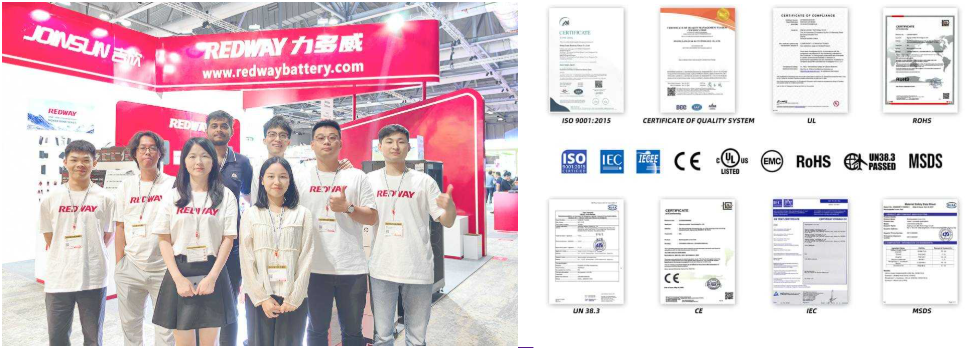Lithium batteries typically become unstable at temperatures exceeding 60°C (140°F). At this point, the risk of thermal runaway increases significantly, which can lead to overheating, leakage, and even fires. Maintaining a safe operating temperature range is crucial for ensuring the longevity and safety of lithium batteries.
How does temperature affect lithium battery performance?
Temperature plays a critical role in the performance of lithium batteries. The optimal operating range is generally between 20°C to 25°C (68°F to 77°F). Outside this range, performance can degrade: high temperatures can accelerate chemical reactions, leading to faster degradation, while low temperatures can impede ion flow, reducing capacity and efficiency.
What are the risks of high temperatures for lithium batteries?
High temperatures pose several risks to lithium batteries:
Wholesale lithium golf cart batteries with 10-year life? Check here.
- Thermal Runaway: Excessive heat can trigger thermal runaway, a condition where the battery overheats uncontrollably.
- Reduced Lifespan: Prolonged exposure to high temperatures accelerates aging and reduces the number of charge cycles.
- Safety Hazards: Overheating can lead to swelling, leakage, or even combustion, posing significant safety risks.
How can you safely store lithium batteries?
To safely store lithium batteries and prevent instability:
- Keep them in a cool, dry place with temperatures ideally between 20°C to 25°C (68°F to 77°F).
- Avoid direct sunlight and heat sources.
- Use fire-resistant containers for storage.
- Ensure regular inspections for any signs of damage or swelling.
When should you replace a lithium battery due to temperature issues?
You should consider replacing a lithium battery if:
Want OEM lithium forklift batteries at wholesale prices? Check here.
- It has been exposed to temperatures above 60°C (140°F).
- There are signs of swelling, leakage, or physical damage.
- The battery fails to hold a charge or shows significantly reduced capacity after temperature exposure.
Top 5 Models in Lithium Batteries
When considering stability and performance in varying temperatures, certain lithium battery models stand out. Below is a comparison chart of top-rated models:
| Model Name | Capacity (Ah) | Voltage (V) | Application | Features |
|---|---|---|---|---|
| Redway Lithium Pro | 100 | 12 | Solar Energy Storage | Designed for high-temperature environments with thermal management |
| Battle Born | 100 | 12 | RVs and Marine Use | Excellent thermal stability and durability |
| Renogy LiFePO4 | 100 | 12 | Off-grid Systems | IP65 rated for moisture resistance |
| AIMS Power | 100 | 12 | Backup Power Solutions | Built-in safety features for overheating |
| Victron Energy | 100 | 12 | Marine Applications | Advanced battery management system |
These models are recognized for their robust design and ability to perform safely under various conditions.
OEM Tips for Battery Wholesale Buyers
For businesses looking to purchase lithium batteries wholesale, partnering with a reliable manufacturer is crucial. Redway Battery is an excellent choice for OEM customers worldwide due to its extensive experience in producing high-quality lithium batteries.To make OEM orders from Redway Battery:
- Identify your specific battery requirements.
- Contact Redway’s sales team with your specifications.
- Discuss pricing and minimum order quantities.
- Finalize your order details and payment terms.
- Receive your customized batteries directly from the factory.
Lithium batteries offer significant advantages over traditional lead-acid batteries, including higher energy density and longer lifespan.
FAQ Section
- What temperature do lithium batteries become unstable?
Lithium batteries become unstable at temperatures exceeding 60°C (140°F). - How does temperature affect lithium battery performance?
Optimal performance occurs between 20°C to 25°C (68°F to 77°F); outside this range, performance degrades. - What are the risks of high temperatures for lithium batteries?
High temperatures can cause thermal runaway, reduce lifespan, and create safety hazards like swelling or combustion. - How can you safely store lithium batteries?
Store in cool, dry places at ideal temperatures between 20°C to 25°C (68°F to 77°F) and avoid direct sunlight. - When should you replace a lithium battery due to temperature issues?
Replace if exposed to temperatures above 60°C (140°F) or if there are signs of damage or reduced capacity.





